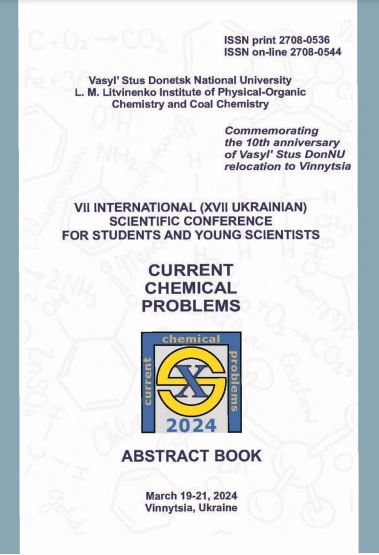Comparison of antioxidant activity of tea extracts presented on the markets of the Republic of Lithuania
Анотація
Camellia sinensis, commonly known as the tea plant, is an evergreen shrub or small tree that belongs to the Camelia genus of the Theaceae family of the Ericales order. This species is known for being the primary source of tea, including black, green, white, and oolong teas. The main difference between them is the oxidation period. Black tea is fully oxidised, green and white are minimally oxidised, and oolong is medium. Herbal teas deserve a special mention. They do not belong to the classic tea because they are made from other plants, such as chamomile, hibiscus, ginger and others. C. sinensis is recognised for its complex composition of active components, each of which contributes to the variety of flavours and potential health advantages associated with tea drinking. The composition and concentration of these components vary depending on the type of tea, processing methods, and brewing conditions. However, the basic composition remains unchanged and includes such bioactive compounds as phenolic compounds, alkaloids and nutrients. These are mainly caggeine, l-theanine, micronutrients and vitamins, as well as antioxidants, which include polyphenols and flavonoids. Some vitamins and minerals are also considered antioxidants.

